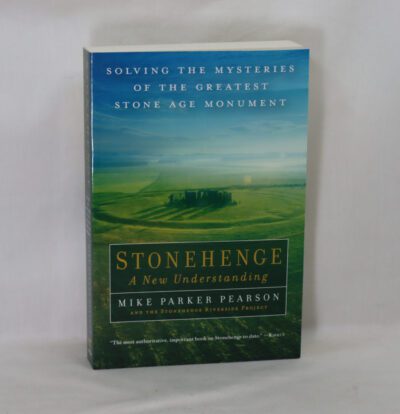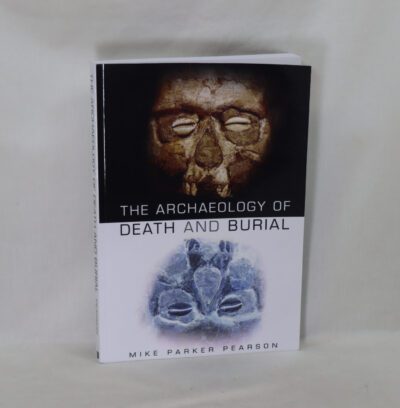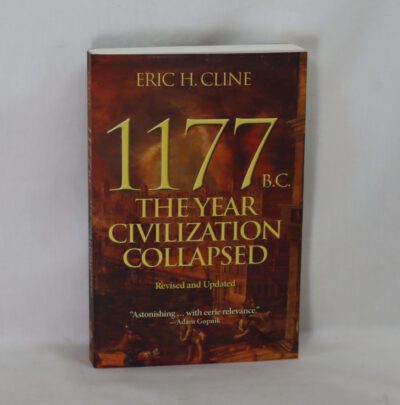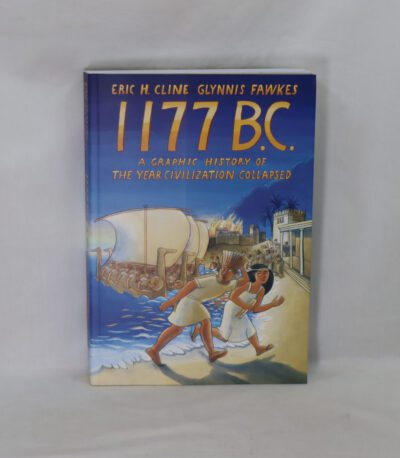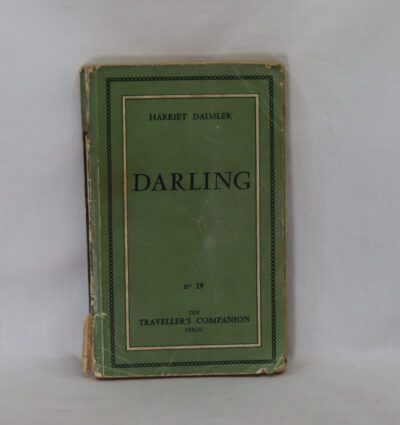After 1177 BC. The Survival of Civilizations.
By Eric H Cline
ISBN: 9780691192130
Printed: 2024
Publisher: Princeton University Press.
| Dimensions | 17 × 24 × 3 cm |
|---|---|
| Language |
Language: English
Size (cminches): 17 x 24 x 3
Condition: As new (See explanation of ratings)
Item information
Description
In the original dust jacket. Grey cloth binding with gilt title on the spine.
We provide an in-depth photographic presentation of this item to stimulate your feeling and touch. More traditional book descriptions are immediately available
- Note: This book carries a £5.00 discount to those that subscribe to the F.B.A. mailing list
In this gripping sequel to his bestselling 1177 B.C., Eric Cline tells the story of what happened after the Bronze Age collapsed—why some civilizations endured, why some gave way to new ones, and why some disappeared forever
At the end of the acclaimed history 1177 B.C., many of the Late Bronze Age civilizations of the Aegean and Eastern Mediterranean lay in ruins, undone by invasion, revolt, natural disasters, famine, and the demise of international trade. An interconnected world that had boasted major empires and societies, relative peace, robust commerce, and monumental architecture was lost and the so-called First Dark Age had begun. Now, in After 1177 B.C., Eric Cline tells the compelling story of what happened next, over four centuries, across the Aegean and Eastern Mediterranean world. It is a story of resilience, transformation, and success, as well as failures, in an age of chaos and reconfiguration. After 1177 B.C. tells how the collapse of powerful Late Bronze Age civilizations created new circumstances to which people and societies had to adapt. Those that failed to adjust disappeared from the world stage, while others transformed themselves, resulting in a new world order that included Phoenicians, Philistines, Israelites, Neo-Hittites, Neo-Assyrians, and Neo-Babylonians. Taking the story up to the resurgence of Greece marked by the first Olympic Games in 776 B.C., the book also describes how world-changing innovations such as the use of iron and the alphabet emerged amid the chaos. Filled with lessons for today’s world about why some societies survive massive shocks while others do not, After 1177 B.C. reveals why this period, far from being the First Dark Age, was a new age with new inventions and new opportunities.
Reviews:
- “In this worthy sequel to his masterpiece 1177 B.C., Eric Cline takes us into the chaos and confusion of the ancient Mediterranean in an era of social breakdown. We see the fall and sometimes rise of great empires, the persistence through troubled times of fabled cities, and the loss and ultimate revival of writing, long-distance trade, and elevated arts. Above all, Cline insightfully reveals that even in times of the direst crisis, some people find ways to control their fates—while some do not.”—Ian Morris, author of Geography Is Destiny: Britain and the World: A 10,000-Year History
- “Cline uses his encyclopedic knowledge of the ancient Mediterranean world to give you a front-row seat to a fascinating and controversial time in human history—a period that faced the same question we face today: What happens to civilizations after climate change, war, and disease? After 1177 B.C. is a tour de force that will open your eyes—and give you much-needed hope for today and our future.”—Sarah Parcak, author of Archaeology from Space: How the Future Shapes Our Past
- “Eric Cline wrote the landmark book on the Late Bronze Age Collapse, and now he gives us the sequel: what happened after and what came out of it? This too is a landmark book: lucid, deep, and insightful. I’ve learned more about the mechanisms of collapse from Cline than from any other contemporary historian. You cannot understand human civilization and self-organization without studying what happened on, before, and after 1177 B.C.”—Nassim Nicholas Taleb, author of The Black Swan: The Impact of the Highly Improbable
- “Eric Cline is the modern prophet of antiquity, finding the real and often uncomfortable lessons for today in an ancient world much larger than most scholars dare to tread. In this compelling book, an era once known only for decline and failure emerges in all its color and noise. At once an enthralling read and an up-to-the-minute guide to the latest ideas and discoveries, this is the ancient history we need now.”—Josephine Quinn, author of How the World Made the West: A 4,000-Year History
- “To say that this is an important book doesn’t do it justice. It is wonderful. Covering a broad timespan, Eric Cline deals cogently and evenhandedly with the Mediterranean, the Aegean, Egypt, and the Near East, and is fully at home with his sources, whether Greek, Egyptian, Levantine, Mesopotamian, or central and western Mediterranean. Lucidly and elegantly written, this a seminal work that is both exciting and fun to read.”—John K. Papadopoulos, University of California, Los Angeles
DR. ERIC H. CLINE is Professor of Classics and Anthropology, Director of the Capitol Archaeological Institute, and former Chair of the Department of Classical and Near Eastern Languages and Civilizations at The George Washington University, in Washington DC. A National Geographic Explorer, Fulbright scholar, Getty scholar, and NEH Public Scholar with degrees from Dartmouth, Yale, and the University of Pennsylvania, he is an active field archaeologist with more than 30 seasons of excavation and survey experience in Israel, Egypt, Jordan, Cyprus, Greece, Crete, and the United States, including ten seasons at the site of Megiddo (biblical Armageddon) in Israel and ten more seasons at Tel Kabri, also in Israel, where he is currently Co-Director. Winner of the 2014 “Nancy Lapp Award for Best Popular Book” from the American Schools of Oriental Research for his book “1177 BC: The Year Civilization Collapsed,” which was also considered for a Pulitzer Prize, and winner of the same award again in 2018 for his book “Three Stones Make a Wall: The Story of Archaeology,” he is also a three-time winner of the Biblical Archaeology Society’s “Best Popular Book on Archaeology” Award (2001, 2009, and 2011). A popular lecturer who has appeared frequently on television documentaries, he has also won national and local awards for both his research and his teaching. He is the author or editor of more than 20 books, which have been translated into nineteen languages, as well as more than 100 scholarly articles, and several recorded lecture courses. His previous books written specifically for the general public include “The Battles of Armageddon: Megiddo and the Jezreel Valley from the Bronze Age to the Nuclear Age” (2000); “Jerusalem Besieged: From Ancient Canaan to Modern Israel” (2004); “From Eden to Exile: Unraveling Mysteries of the Bible” (2007); “Biblical Archaeology: A Very Short Introduction” (2009); “The Trojan War: A Very Short Introduction” (2013); “1177 BC: The Year Civilization Collapsed” (2014; revised 2021); “Three Stones Make a Wall: The Story of Archaeology” (2017) and the abbreviated spinoff “Digging Deeper: How Archaeology Works” (2020); “Digging Up Armageddon: The Search for the Lost City of Solomon” (2020), and, most recently, the sequel volume “After 1177 BC: The Survival of Civilizations” (2024) and a graphic version of the original, entitled “1177 BC: A Graphic History of the Year Civilization Collapsed” (2024, drawn by the incomparable Glynnis Fawkes).
Want to know more about this item?

Related products
Share this Page with a friend




